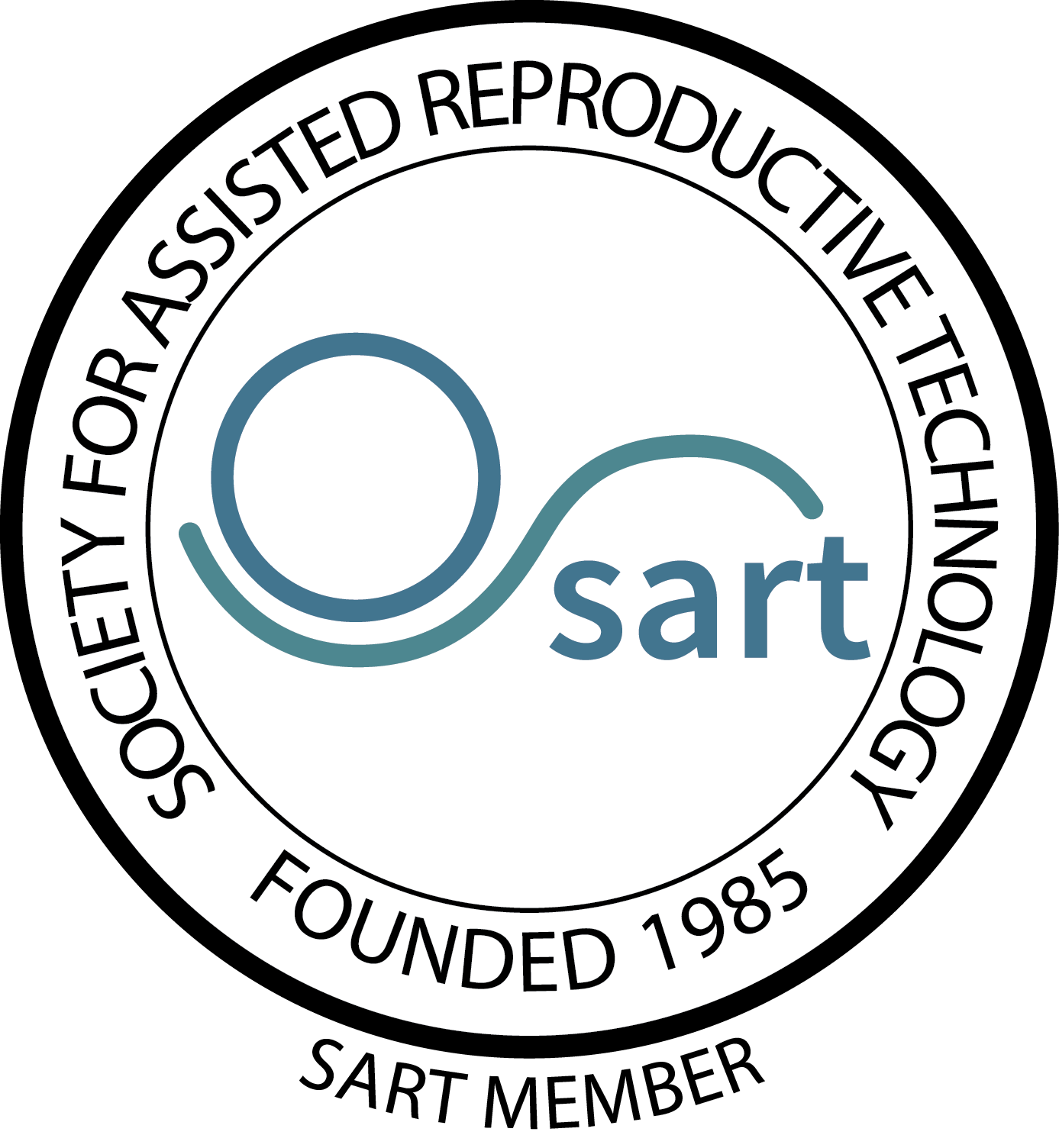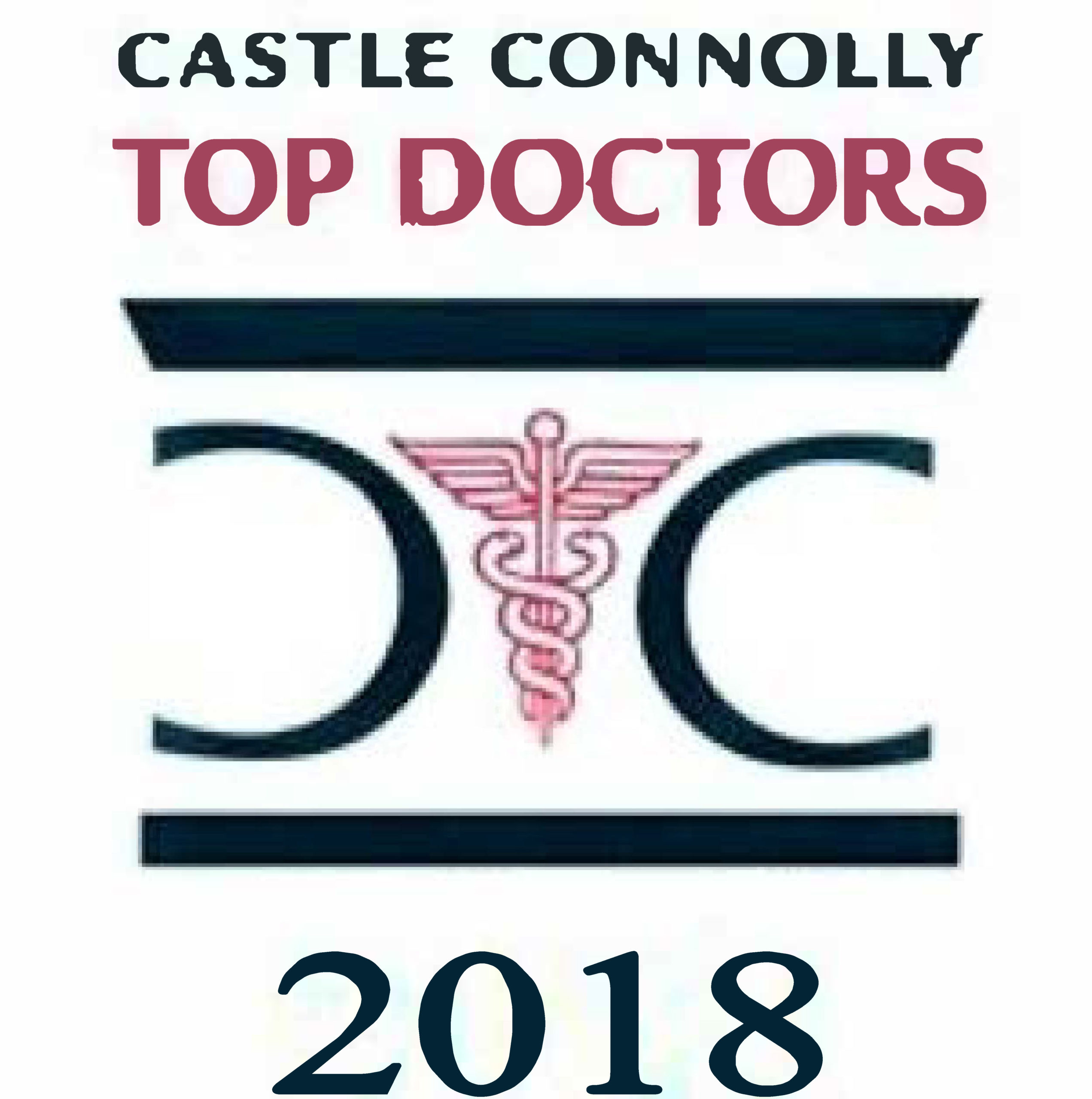Fertility Preservation through Oocyte and Embryo Cryopreservation
Women begin to experience an age associated decline in fertility in their mid 20s, and this decline accelerates rapidly after the age of 35. The fact that this “biological clock” exists is the source of much concern and anxiety for women desiring to delay childbearing. Also, young women diagnosed with cancer may desire to pursue fertility preservation prior to starting chemotherapy or radiation therapy. Thankfully, advances in assisted reproduction technologies through the use of oocyte (egg) and embryo cryopreservation (freezing) now allow many women to pursue fertility preservation to harness much of their current fertility for future use.
Who should consider fertility preservation?
There are a variety of situations in which pursuing fertility preservation may offer a benefit:
- Women Wishing to Preserve their Fertility Potential
In our society it is extremely common because of career choices and other factors for women to delay childbearing until later in life. Unfortunately for many women, this delay places them at a disadvantage for achieving pregnancy in their mid to late 30s or early 40s. Consequently, oocyte cryopreservation represents an “insurance policy” by which younger women, ideally under the age of 35, may have a fallback position should they be unsuccessful in achieving natural pregnancy later in life. While no technology, including oocyte cryopreservation, can guarantee future fertility, oocyte cryopreservation greatly increases the chances of achieving a future pregnancy. This strategy does not require women to fertilize oocytes with sperm prior to cryopreservation. Therefore, with oocyte cryopreservation, the decision of which sperm to use for fertilization may be deferred.
- Younger Women with Cancer
Many oncologic treatments such as chemotherapy or radiation have been clearly linked to a profound decrease in fertility. Oocyte or embryo cryopreservation offers women with cancer the chance to preserve their fertility potential prior to being exposed to oncology therapies. Cryopreserved oocytes or embryos may be utilized once a cancer-free status is achieved if there is no residual ovarian function after therapy.
- Couples with Ethical or Moral Concerns
Some couples undergoing IVF are concerned about freezing additional embryos that may not be used in the future. As an alternative, in the course of an IVF cycle it is now possible to fertilize fewer oocytes, which could become embryos, while cryopreserving excess unfertilized oocytes. This approach allows couples to sequentially thaw and fertilize oocytes to generate the number of embryos necessary to achieve their reproductive goals. Excess unfertilized oocytes may then be discarded when the couple’s family is completed.
How common is oocyte cryopreservation for fertility preservation?
For decades oocyte cryopreservation was considered experimental. However, the use of a new freezing method called vitrification has consistently shown reassuring results as applied to oocyte cryopreservation. Consequently, the use of oocyte cryopreservation has exponentially grown in the past several years. Oocyte cryopreservation using vitrification has proven successful in thousands of patients. Recently the American Society for Reproductive Medicine formally removed oocyte cryopreservation’s experimental label.
Our center’s on-site laboratory has considerable experience utilizing oocyte cryopreservation with vitrification resulting in pregnancies. Many experts consider oocyte cryopreservation to be a significant step forward in further enabling women to control their life choices.
How is cryopreservation accomplished?
Embryo and egg freezing may only be performed as part of an in vitro fertilization (IVF) cycle. An IVF cycle is performed by administering fertility medicines to a woman with the desired result of stimulating multiple eggs within the ovaries. These eggs are then retrieved with a minor surgical procedure. At this point the eggs may be cryopreserved. Alternately, the eggs may be fertilized with sperm, forming embryos, which may be cryopreserved. This process may be completed as soon as two weeks after the last menstrual cycle. At the time of desired pregnancy, eggs are thawed and fertilized, forming embryos which are then transferred into the mother’s uterus.
What are other options for preserving fertility in cancer patients?
Many of the strategies aimed at oncologic fertility preservation have been only marginally effective and were pioneered in large part prior to the demonstrated success of egg freezing in the setting of IVF. One such strategy is the surgical removal and freezing of part or all of an ovary prior to oncologic treatment with subsequent replacement of this tissue at the time of desired fertility. Another strategy is to suppress ovarian function with medication during the time of chemotherapy and radiation therapy. These and other strategies may confer a modest benefit but are currently thought to be inferior to IVF with oocyte or embryo cryopreservation.
What are the risks of freezing eggs or embryos?
The principal risks surrounding egg or embryo freezing are tied to the risks of IVF in general. IVF complications are relatively rare but include ovarian hyperstimulation syndrome, ovarian torsion, and surgical risks associated with oocyte retrieval. Though long-term studies do not exist for this emerging technology, current studies are reassuring that cryopreservation per se does not negatively impact fetal development. In the past, the relatively high levels of estrogen experienced during a typical IVF cycle were of some concern to women with specific types of cancers such as estrogen receptor positive breast cancer. Present advances in ovulation induction protocols minimize the estrogen exposure and significantly limit circulating estrogen levels. Data are reassuring that the short time exposure of the IVF cycle (several weeks) does not significantly impact the growth of these cancers. Regardless, specific protocols are being perfected that decrease circulating estrogen levels to further reduce this theoretical risk. Additionally, no form of fertility preservation guarantees the ability to achieve a future pregnancy.
How much does oocyte cryopreservation cost?
The costs of oocyte cryopreservation are lower than a complete IVF cycle. Fertility Associates of Memphis participates with several local and national organizations to reduce the cost of oocyte cryopreservation by approximately 35% for patients diagnosed with cancer.
How do I get more information about fertility preservation?
To schedule an appointment with one of our Board Certified physicians, please call our office at 901-747-2229. For patients diagnosed with cancer, one of our physicians will schedule an urgent visit within 24 to 48 hours once contacted by your physician. The process of IVF and fertility preservation will be explained at the initial visit, and any required tests will be ordered.









